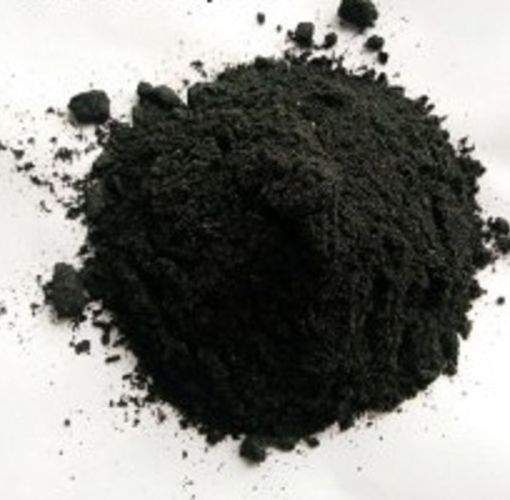Application And Code Of Action
Water Purification : FERRIC CHLORIDE ANHYDROUS is hydrolised in dilute solution forming a precipitate of ferric oxide This precipitate absorbs suspended particles ( clay-organic matter etc. ) flocculates and carriers the absorbed partict to the bottom. It also removes sulphides and silica.
Sewage Sludge Treatment : FERRIC CHLORIDE ANHYDROUS is used to increase the rate of setting of sludge in town sewage by the process of hydrolysis forming Ferric Hydroxide which acts as a coagulant.
Industrial Effluents Treatment : Generally industrial effluents are either acidic or alkaline and the treatment of such effluents is usually a costly and cumbersome multi stage operation requiting a number of chemicals. FERRIC CHLORIDE ANHYDROUS because of its flocculating and deodorising properties can be used directly in a single-tage operation replacing the traditional cumbersome process.
Off Shore Oil Drilling: To release entrapped oil form crevices and rocks below the sea bed FERRIC CHLORIDE ANHYDOUS can Be used by feeding it into the drilling well it Decompose and reacts with the rocks. releasing the entrapped oils which are removing by the normal process.




